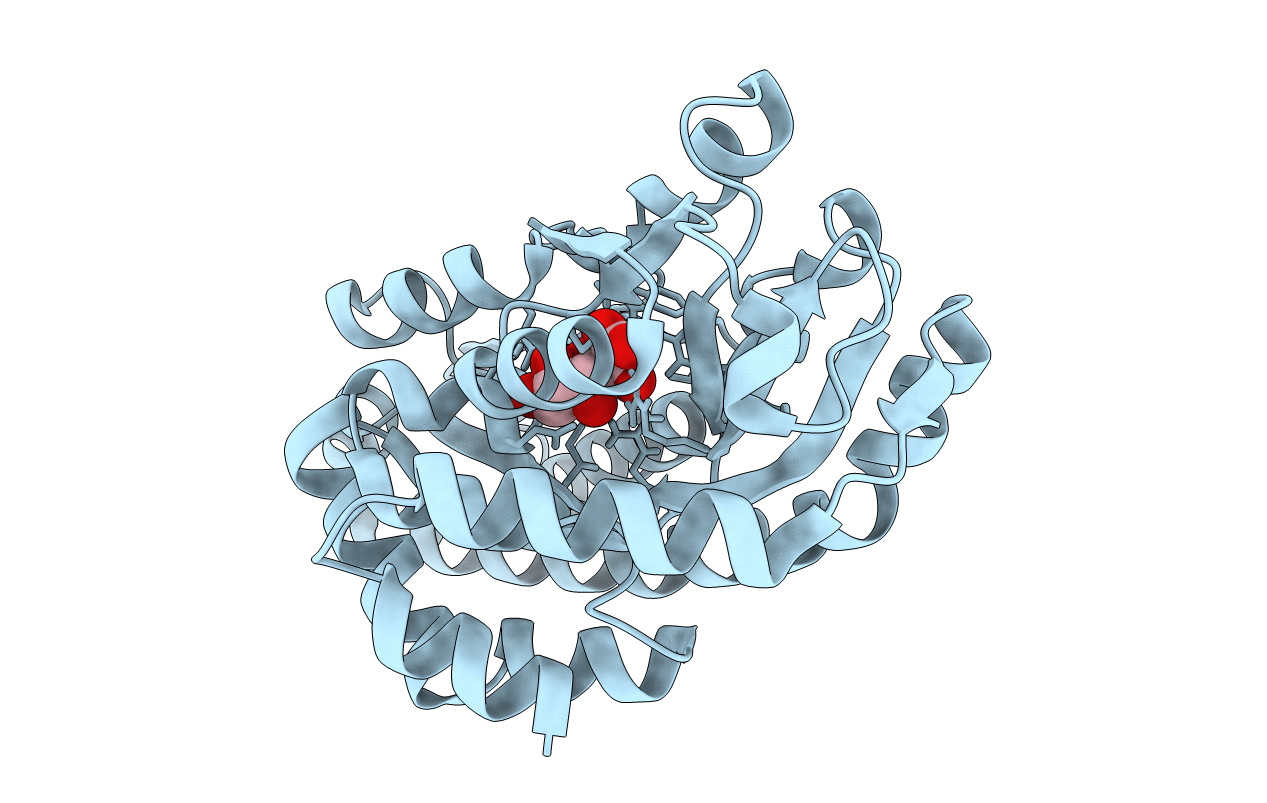
Deposition Date
2014-04-15
Release Date
2014-05-07
Last Version Date
2024-11-20
Entry Detail
PDB ID:
4PCD
Keywords:
Title:
CRYSTAL STRUCTURE OF A TRAP PERIPLASMIC SOLUTE BINDING PROTEIN FROM ROSEOBACTER DENITRIFICANS OCh 114 (RD1_1052, TARGET EFI-510238) WITH BOUND L-GALACTONATE
Biological Source:
Source Organism:
Roseobacter denitrificans (Taxon ID: 375451)
Host Organism:
Method Details:
Experimental Method:
Resolution:
1.70 Å
R-Value Free:
0.17
R-Value Work:
0.13
R-Value Observed:
0.13
Space Group:
P 21 21 21


